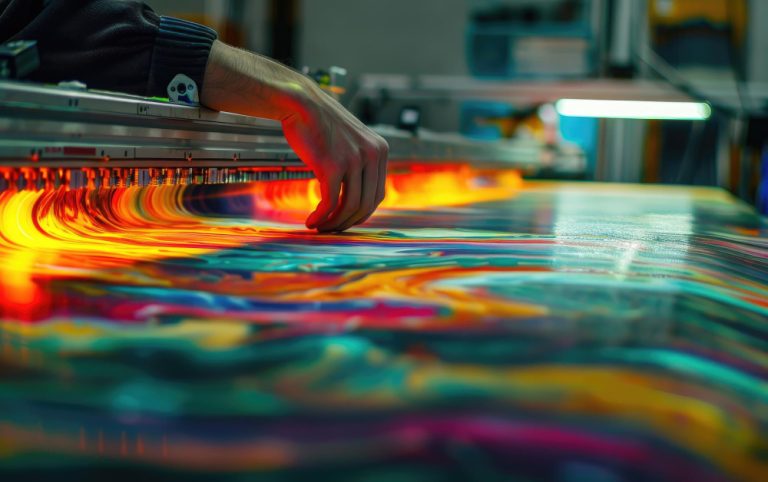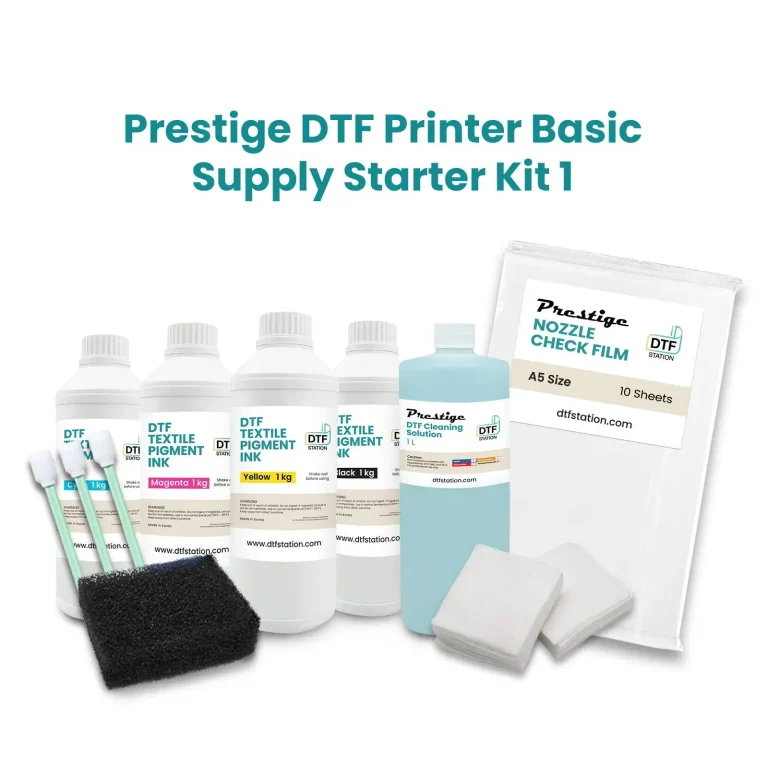DTF supplies: How to choose for professional results
DTF supplies are the backbone of professional direct-to-film printing, delivering consistent color, strong adhesion, and durable finishes across a range of fabrics. From DTF transfer paper to the DTF printer, choosing quality components ensures vibrant results, reliability, and repeatable production at scale. Equally important are the DTF ink, the DTF powder adhesive, and the DTF heat press, which together determine color fidelity, touch, and wash durability. In this guide, you’ll learn how to evaluate each category as part of a cohesive system that delivers reliable ROI and consistent client satisfaction. Whether you’re a small business owner, a custom apparel creator, or a print shop manager, foundational DTF supplies support growth and long-term success.
From a broader perspective, the same topic can be framed using alternative terms such as direct-to-film materials, film-transfer components, or a complete transfer-assembly for apparel decoration. In this vocabulary, the substrate is the transfer sheet, the imaging device is the color engine, the pigments are the colorants, the binder is the adhesive powder, and the finishing station is the heat-press module. Using these related concepts helps you compare offerings across brands, maintain consistent results, and build a scalable production workflow.
DTF supplies: Building a Reliable Direct-to-Film Workflow for Colorful, Durable Prints
DTF supplies are the backbone of professional direct-to-film projects. When you choose DTF transfer paper, a compatible DTF printer, reliable DTF ink, uniform DTF powder adhesive, and a capable DTF heat press, you set the stage for vibrant color, strong adhesion, and durable washes. These components function as a system: the paper’s coating must accept ink well, the ink must bond to the powder, and the heat press must apply even heat and pressure to transfer the design to fabric.
Evaluating each component on its own is important, but its performance as part of a complete workflow matters more. For DTF transfer paper, evaluate weight (gsm), coating quality, release properties, and compatibility with your ink and adhesive. For a DTF printer, look at print width, resolution, ink compatibility, and the robustness of RIP software to manage color profiles. For DTF ink, check color gamut, fabric compatibility, drying time, and cost per print. For the DTF powder adhesive, consider particle size, application method, bonding strength, and shelf life. For the DTF heat press, assess temperature range, pressure uniformity, platen size, and timer precision.
Practical steps to validate a setup include requesting test prints or sample packs, verifying color management support and ICC targets, checking lead times, and confirming warranty and technical support. Beyond the upfront cost, calculate total cost of ownership by considering ink yield, paper waste, adhesive consumption, and maintenance. This approach helps you select a cohesive package that consistently delivers the desired results across batches.
Optimizing Your DTF Workflow: Testing, Sourcing, and ROI
To maximize ROI and maintain consistent results, develop a data-driven testing plan that uses real production fabrics. Start by testing a mix of cotton, blends, and polyester with a few transfers on your chosen transfer paper using your DTF ink and powder adhesive. Use a reliable RIP workflow to optimize color management, ensuring reliable color separation, ICC targets, and predictable output on all your garments. By documenting results, you can compare different DTF printers and ink sets and identify the best combination for your business.
Supplier evaluation and sourcing should focus on compatibility across your whole system: DTF transfer paper, DTF printer, DTF ink, DTF powder adhesive, and DTF heat press. Request sample kits, check shelf life and storage conditions for powders, and verify that heat presses offer uniform platen pressure and reproducible temperature stability. Consider warranty coverage, spare parts availability, and responsive technical support as part of the total cost of ownership. A strong supplier network reduces downtime and improves consistency.
Finally, plan for growth and maintenance. Build a routine maintenance schedule for your printer head cleaning, powder handling, transfer paper inspection, and heat press calibration. Track metrics such as yield per bottle, average color variance, and wash durability to monitor improvement over time. A well-managed DTF workflow not only lowers cost per print but also increases throughput, enabling you to take on more orders and deliver reliable results for clients.
Frequently Asked Questions
What are the key factors to evaluate when selecting DTF transfer paper, DTF ink, and a DTF printer for professional results?
To achieve consistent, high-quality prints, evaluate how the DTF transfer paper, DTF ink, and the DTF printer work together as a system. For transfer paper, check weight (gsm), coating quality, release properties, and compatibility with your inks. For the DTF printer, consider print width, resolution (1200 dpi or higher), ink compatibility, RIP software, and parts availability. Finally, run supplier-provided samples to verify color accuracy, adhesion, and wash durability on your typical fabrics.
How can I validate the performance and durability of DTF powder adhesive and DTF heat press in a production workflow?
Begin by testing adhesion and wash durability on representative garments using your DTF powder adhesive with your transfer paper and ink combination. Assess particle size uniformity, application method, and bonding strength, plus storage life of the powder. For the DTF heat press, verify temperature stability up to your target range, uniform pressure, correct platen size, and accurate time controls with test sheets. Document results to optimize press settings for different fabrics and designs.
| Topic | Key Points |
|---|---|
| DTF transfer paper | Substrate carrying the design; transfer paper weight (gsm), coating quality & whiteness, release properties, and compatibility with ink and powder adhesive. |
| DTF printer | Engine of production; requires reliable printing, good color gamut, and easy maintenance; consider print width/resolution, ink compatibility, RIP software/workflow, and parts availability. |
| DTF ink | Bonding with powder adhesive and paper; evaluate color gamut/brightness, fabric compatibility, drying/curing behavior, and cost per print. |
| DTF powder adhesive | Crucial for bonding during heat pressing; assess adhesive quality/particle size, application method, curing strength, and storage/shelf life. |
| DTF heat press | Final transfer quality; look for precise temperature control, even pressure, platen size, and time/hold accuracy. |
| Assessing value & compatibility | System-level compatibility: test papers/inks/powder with your printer/press; check color management support, availability/lead times, warranty, and total cost of ownership. |
| Practical steps to choose | Define goals; request samples and run tests; evaluate printer/ink ecosystems; ensure heat press compatibility; prioritize reliability and plan for maintenance. |
| Common pitfalls | Don’t skip prepress calibration, avoid heat press miscalibration, test cross-brand compatibility, and account for fabric variability. |
| Maintenance & longevity | Routine tasks: clean heads, store powders properly, inspect transfer paper batches, sanitize the heat press, and keep spare parts on hand. |
| Cost considerations & ROI | Calculate cost per garment, optimize batch efficiency, plan for upgrades, and include training in the budget. |




